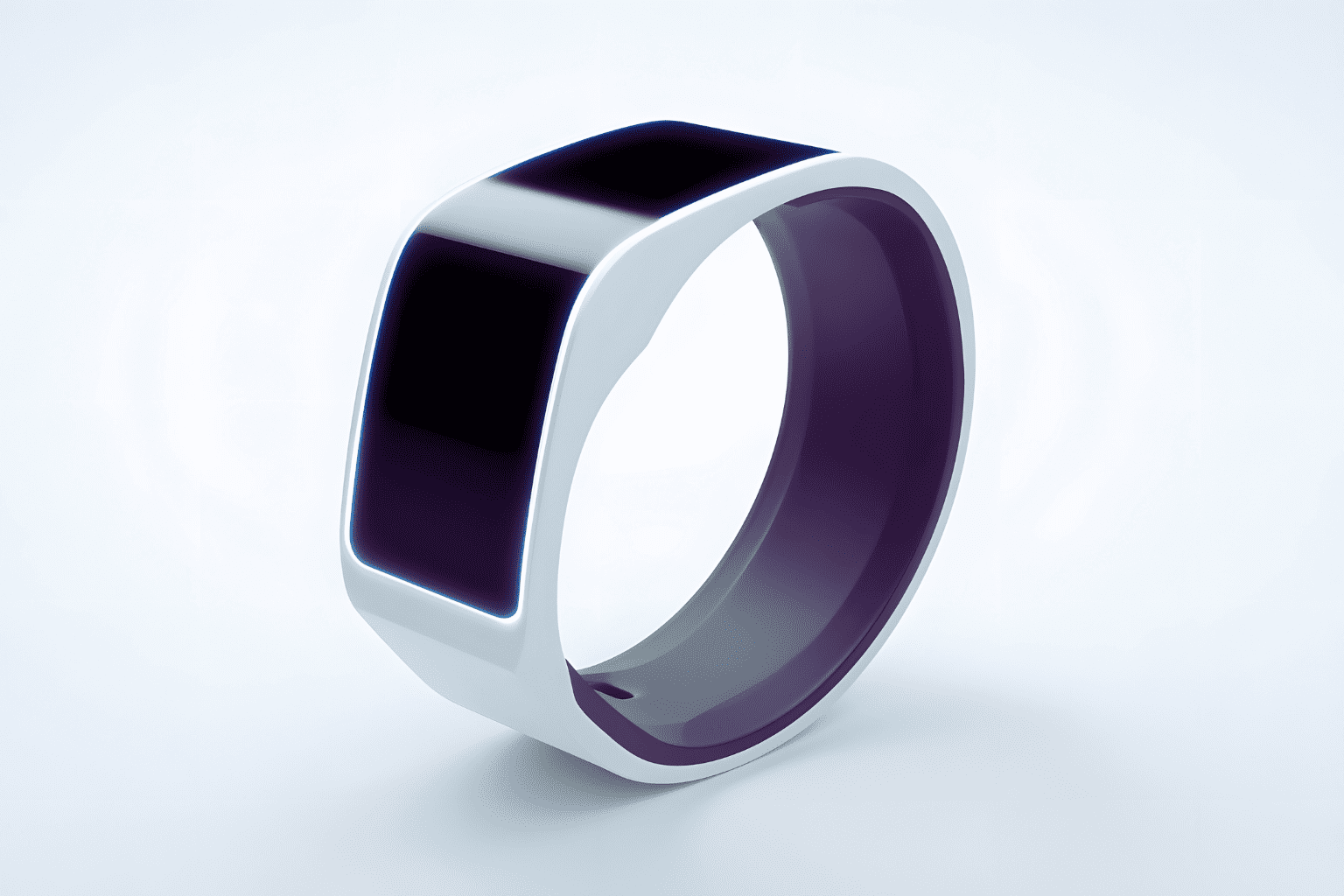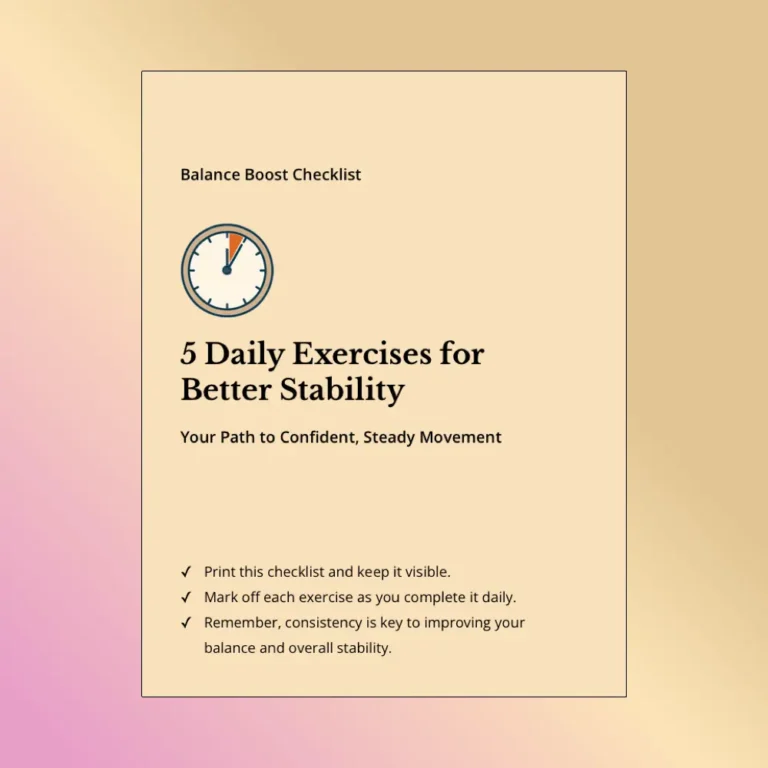
Highlights

In a world where technology has become part of our everyday lives, wearables for seniors have emerged as a powerful tool in healthcare. These aren’t just trendy gadgets; they’re essential wearable technology for seniors, designed to monitor their health, manage medical conditions, and meet the unique health and safety needs of the senior population. From tracking heart rates and analyzing sleep patterns to features like fall detection, these smart wearable gadgets go far beyond simply counting steps.
This wearable fitness and healthcare technology offers a complete approach to health management, with clear benefits for seniors who want to manage their health, improve their quality of life, and ensure their safety needs are met. With the rapid adoption among seniors in 2025, wearable technology refers not just to convenience but to the impact of wearable technology in senior care, giving confidence, independence, and the potential to revolutionize health for the future.
Wearable technology for seniors includes devices designed to be worn on the body, allowing for real-time health monitoring and data tracking. These include fitness trackers, smartwatches, and biometric monitors, each packed with features aimed at improving health awareness. As our population ages, these wearable devices for seniors are becoming increasingly important in helping seniors maintain their independence and well-being.
For older adults, health tech wearables offer numerous benefits that support proactive health management. They provide important health statistics that can help seniors take control of their health, potentially catching problems before they become serious. By encouraging regular activity and consistent health tracking, these devices can significantly improve the quality of life for seniors, making them valuable companions for the senior population.
Fitness trackers are among the most popular choices for seniors looking to monitor their activity levels. These wearable technologies typically feature:
Popular options include devices like the Fitbit Charge and Garmin Vivosmart, both designed with user-friendly interfaces that work well for older adults who want to use wearable devices.
For those managing ongoing health conditions, specialized medical alert devices are extremely helpful. These include:
For more detailed information, you can explore comprehensive insights into blood pressure monitoring techniques. The accuracy and reliability of these wearable medical devices can significantly impact health outcomes, so choosing the right model is important.
Biometric wearables take health monitoring a step further by using sensors to gather data on various health metrics. These wearable technologies for the elderly can track metrics like oxygen saturation and stress levels, providing a comprehensive view of senior health. Their main advantage is in spotting potential health conditions early and offering personalized health insights.
When picking a wearable device, ease of use is extremely important, especially for senior living situations. Look for devices with:
Devices like the Apple Watch Series offer user-friendly designs that work well for older adults, making health tracking accessible and even enjoyable for those who use wearable technology.
Understanding how accurate heart monitoring devices are is crucial. Most wearables use optical sensors to measure heart rate, but factors like skin tone and movement can affect readings. It’s important to choose the best wearable technology known for its reliability in health monitoring.
Many wearable tech devices now let you share health data directly with healthcare providers. This feature can support proactive health management, allowing doctors to check on patients remotely and adjust treatment plans as needed. This real-time data sharing creates a team approach to health, giving seniors confidence that their health is being watched by experts through remote patient monitoring.
Battery life varies quite a bit across different wearable devices. Basic trackers might last several days, while more advanced smartwatches might need charging every day. When choosing a device, think about how often you want to charge it and look for models with longer battery life to avoid constant interruptions in your health tracking.
Wearables play an important role in preventative care, helping seniors lead healthier lives. By tracking daily activity and various health metrics, these electronic devices encourage users to set and reach fitness goals, creating a sense of accomplishment and motivation among seniors.
Adding wearables to daily routines can be simple and beneficial. Here are some tips to get the most out of them:
These proactive steps not only contribute to better health but also give seniors a greater sense of control over their health and well-being.
Heart Monitoring Accuracy
Seniors often wonder how accurate heart monitoring devices really are. Most good brands provide reliable readings, but it’s a good idea to occasionally check them against professional medical equipment to ensure they’re consistent with your actual health metrics.
Data Sharing with Doctors
Sharing health data with healthcare providers can improve communication and make treatment more effective. Many wearable technologies now come with health app options that make it easy to share health metrics, allowing for better-informed consultations and timely interventions.
Battery Life Comparison
Battery life can be a concern, especially for more complex devices. While some wearables need daily charging, others can last for several days. When choosing a device, check reviews that discuss battery performance to find one that fits your lifestyle and helps seniors stay connected to their health information.
Selecting the right wearable device is a personal journey. Consider your specific health conditions, lifestyle, and preferences. For example, a senior managing diabetes might prioritize a specialized fitness regimen, while someone looking to improve general fitness might prefer a fitness tracker with basic health and wellness features.
When it comes to purchasing, choosing between online and in-store shopping depends on what you prefer. In-store shopping lets you try the device before buying, while online shopping often provides lots of reviews and comparisons. Always read product reviews to make sure you’re making an informed decision about which wearable technology for seniors is right for your needs.
Wearable technology is transforming senior care, offering tools that help them take control of their health and well-being. From fitness trackers that encourage an active lifestyle to reliable medical alert systems that help seniors stay safe, the benefits of these technologies are substantial. As we’ve seen, the best wearable technology can improve not only health management but also quality of life for seniors.
Consider embracing the future of senior health monitoring by adding wearable technology to enhance your daily routine. By doing so, you’re not just investing in your health but also taking a proactive approach to living. Look into your options, talk with healthcare providers, and discover how these innovative devices equipped with fall detection technology can improve your life.
For more information, you can check out additional resources on senior health monitoring technologies. The path to better health begins with staying informed and connected through wearable technology for elderly individuals.
Are wearable health devices covered by Medicare or insurance?
Coverage varies widely. Some Medicare Advantage plans may cover certain wearable medical alert devices if they’re prescribed by a doctor. It’s best to check with your specific insurance provider about what might be covered under your plan.
How accurate are these devices compared to medical equipment?
Consumer wearables are generally good for tracking trends, but aren’t as precise as medical-grade equipment. They’re getting better all the time, though. For general fitness and activity tracking, they’re usually accurate enough, but for serious health monitoring, they should complement rather than replace medical devices.
